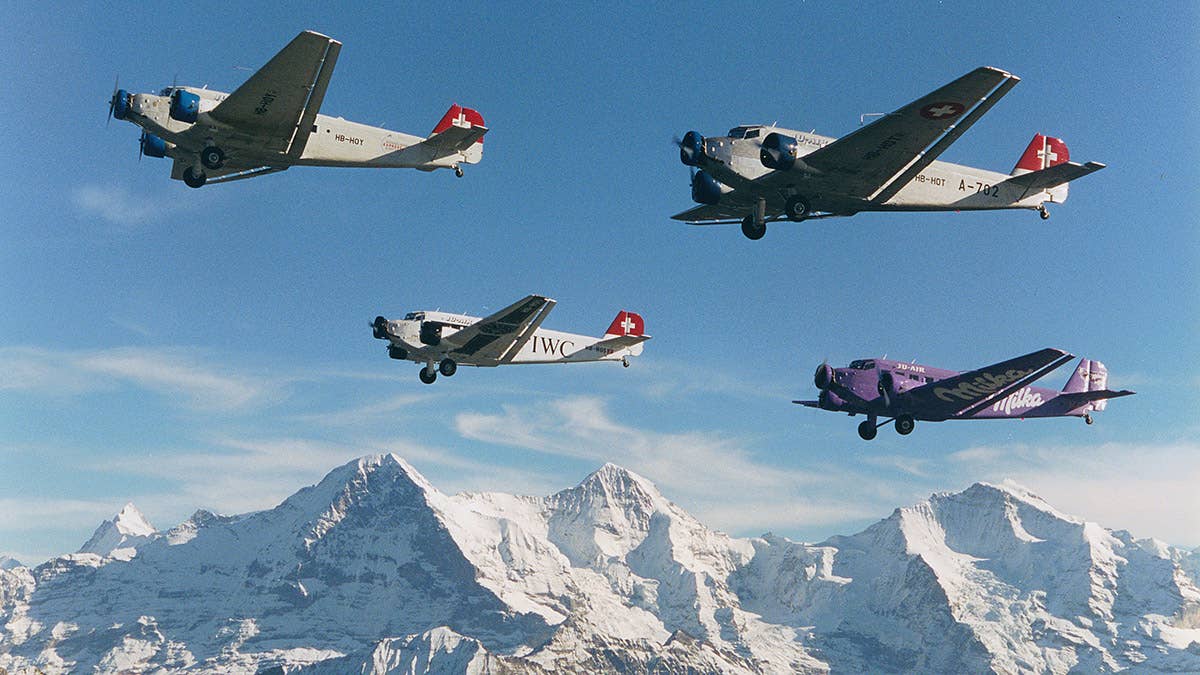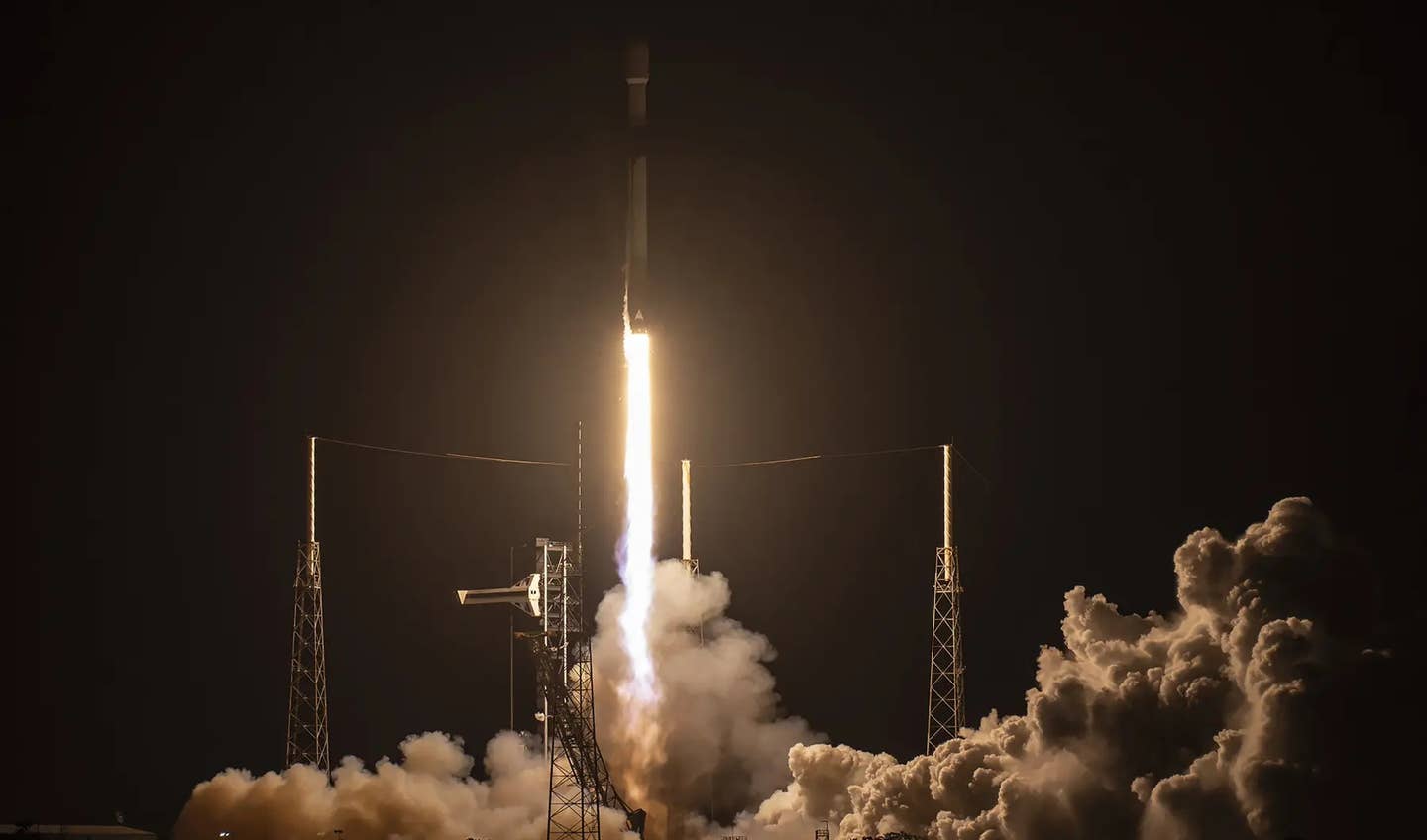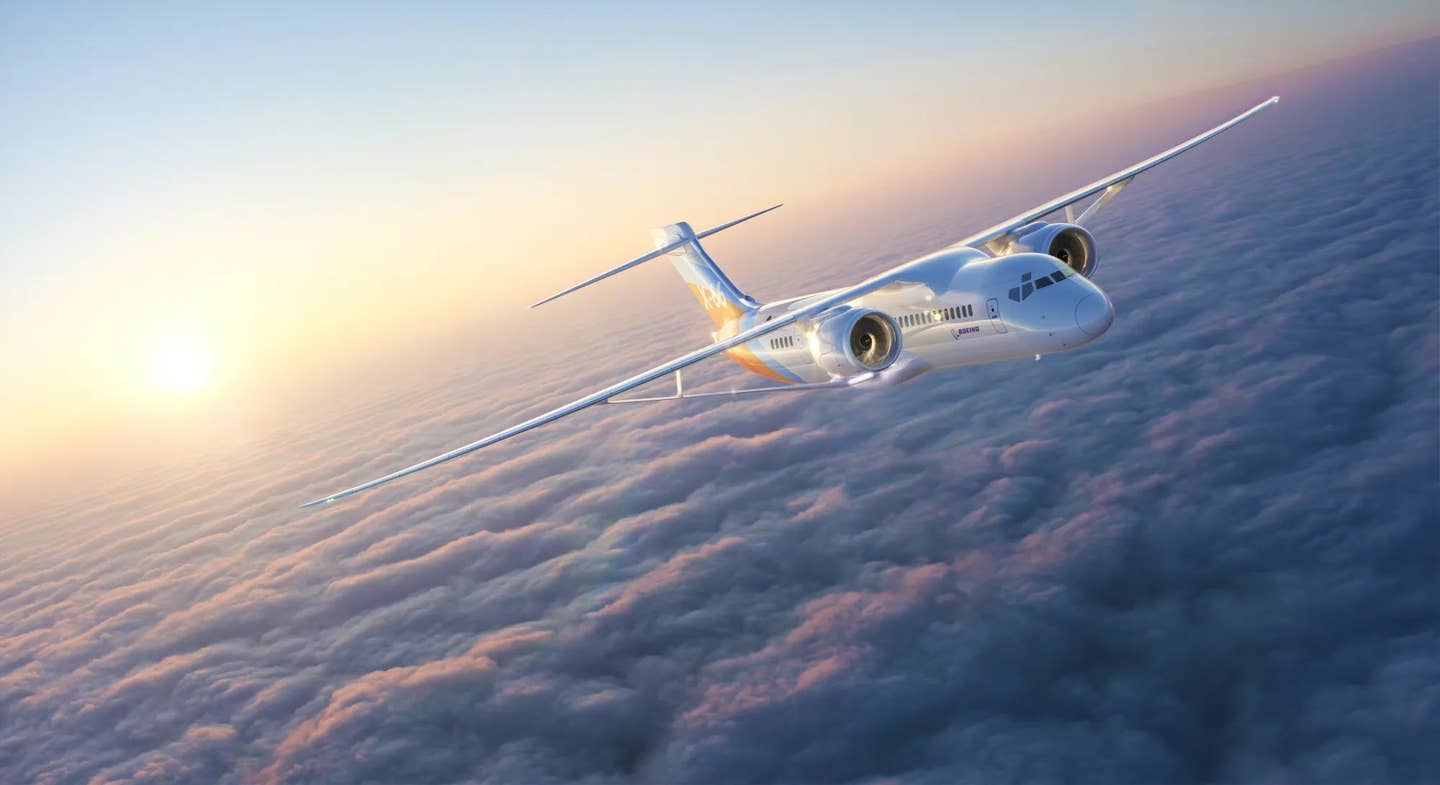The Downwind Turn Revisited
In 2018, a Junkers Ju 52 crashed in the Swiss Alps while attempting to cross a 10,000-foot saddle from south to north amid gusting winds.

The fatal August crash of a Junkers Ju 52 brings to mind some aspects of downwind turns that are worth discussing. JU-Air
In August 2018, a sightseeing flight crashed in the Swiss Alps, killing all 20 aboard. The airplane, a Junkers Ju 52, was attempting to cross a 10,000-foot saddle from south to north. The wind was out of the north, gusting to 25 knots. Witnesses said the airplane approached the saddle, then banked sharply to the left and suddenly dived to the ground, "as if following a plumb line."
The official analysis of the accident will not emerge for some time. I don’t have an opinion as to what actually caused it. But the accident did bring to mind some aspects of downwind turns that are worth discussing.
First, as a matter of general interest, the airplane in question, which was 79 years old, was one of the world’s few surviving Ju 52s, corrugated-skin relics of the era of the Ford Trimotor. First flown in 1931, four years before the DC-3, Ju 52s served in the Luftwaffe throughout World War II, and because, like the Ford, they could be operated from improvised airstrips, some of them continued working as utility cargo and passenger transports in less-developed parts of the world into the 1960s. Like the Ford, the airplane has three radial engines, but the Ju 52 looks marginally less quaint than the Ford: It is a low-wing airplane with wing-mounted outboard engines, and at a distance, a myopic person could mistake it for a DC-3. Just a few are still flying today, several operated by the Swiss sightseeing airline Ju-Air.
A Swiss friend of mine, a former Airbus 340 captain who knew all three crewmembers on the ill-fated flight, speculated that the airplane could have encountered a downdraft or strong turbulence on the lee side of the pass, begun a turn back and been caught by a gust that caused it to exceed its critical angle of attack.
His hypothesis got me thinking again about some nuances of the downwind turn.
Downwind turns — not the turns themselves, but the discourse surrounding them — have been a bête noire of mine for decades. Some pilots think turning downwind in a steady wind makes an airplane lose airspeed because the headwind becomes a tailwind. They therefore believe that downwind turns are per se pitfalls for the unwary.
The science of this view is simply wrong, but arguments about momentum and frames of reference, no matter how often or how loudly repeated, are seldom persuasive. The simplest way to satisfy yourself about the matter is to climb up a few thousand feet on a day when there is a good strong upper wind and fly in circles. You will see that the airspeed indicator gives you no hint of when you are facing upwind and when you are facing downwind.
Nevertheless, there is considerable lore about accidents that were supposedly due to turning downwind, and so it has been necessary for commentators like me to modify the “there’s no difference” argument with caveats about misleading visual impressions when close to the ground, wind gradients with changing altitude, and gusts.
As a practical matter, airplanes make downwind turns all the time without any difficulty. Every student flying round and round in the pattern makes one or two downwind turns per circuit. However, students do not usually fly circuits in extremely gusty weather, and it is about gusts in particular that the Ju 52 crash makes us think.
The classic thought experiment about gust-induced stalls runs like this: An airplane is flying downwind at 10 knots above its stalling speed. A 20-knot gust hits it from behind. What happens?
The conventional answer is that it must stall, because its airspeed is now 10 knots below its stalling speed. But that is not quite correct, because the angle of attack does not change — at least not immediately. The airplane certainly loses lift, however, and begins to drop. Now the angle of attack increases because of the change in the flight path, but so long as the pilot does not make the mistake of pulling back on the stick, the nose will come down of its own accord, trying to restore the trimmed angle of attack. The wings remain level, and the airplane picks up speed until it is again in equilibrium with the air mass. So, barring pilot error, there is nothing in this scenario to cause a loss of control.
But suppose that, instead of coming from behind, the gust is vertical, coming from directly below. The situation is now quite different. The angle of attack changes by an amount determined by the ratio of the speed of the gust to that of the airplane. For example, a 20-knot vertical gust striking an airplane flying at 100 kias changes its angle of attack by 11 degrees — certainly enough to stall the wing before the airplane has time to adjust its pitch attitude. In this case, the adjustment would be quite large and an alert pilot would feel the need to help it along by forcefully pitching the nose down.
You might encounter such a gust while flying through a thunderstorm — one of many excellent reasons not to do so — or while flying in mountains in windy weather. Elsewhere, strong vertical gusts are less common, but when you are in a banked turn, even a horizontal gust has a vertical component — vertical, that is, with respect to the airplane. The resulting change in angle of attack is now affected by both the speed of the gust and the bank angle, with the worst case occurring when a strong gust strikes a steeply banked airplane headed directly across the wind.
The danger of such a gust is augmented by the fact that in rolling into a steep turn an airplane does not automatically increase its speed; instead, the pilot is more likely to give up some stall margin. For example, suppose you are climbing, wings level, at 1.3 Vs — that is, 30 percent above your clean stalling speed. Your angle of attack is about 6 degrees away from the stall. Now suppose you suddenly, for some reason, decide to rapidly reverse course. You roll into a 45-degree bank and pull 1.4 G. Your speed is unchanged, or might even diminish slightly, but your angle of attack is now less than 3 degrees away from the stall rather than 6. (This calculation, for the numerically inclined, assumes a CLmax of 1.4 and a lift curve slope of 0.09.) It does not take a very powerful gust from below to exceed that small a margin.
Hypothetically, it is possible that a sudden decision to turn the Ju 52 away from powerful turbulence or downdrafts created just those conditions.
It has always been difficult to tell whether downwind turns are really hazardous for any reason at all. The confused superstition that turning from upwind to downwind inevitably entails a loss of airspeed could easily have led people to blame the wind for stall-spins that were really due to simple pilot error, for example, getting too slow or crossing the controls in a steeply banked turn, or to wind shear. Indeed, most stall-spin accidents in the traffic pattern occur not on the climbing turn from crosswind to downwind, but on the turn from base to final, into the wind.
So, it’s quite possible that the dangerous downwind turn — even if you accept that the dangers might arise from subtler causes than disappearing airspeed — is simply a figment of imagination. But, even if you had never heard of downwind turns, you would still realize, if you thought carefully about an airplane in a steeply banked turn, that a gust from outside the turn, striking the airplane at a steep angle to its direction of flight, could stall its wing, and that this is worth keeping in mind on those rare occasions when you might be obliged to make a rapid turn in a gusting wind.

Sign-up for newsletters & special offers!
Get the latest FLYING stories & special offers delivered directly to your inbox






